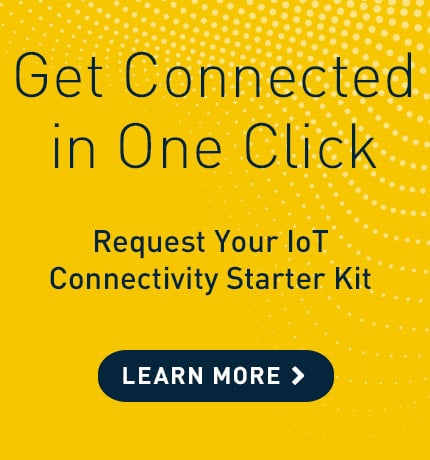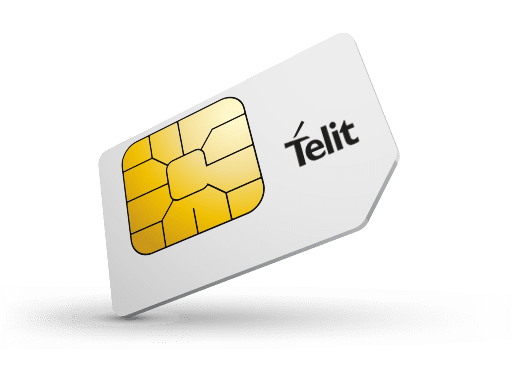
Today’s manufacturers must leverage the Internet of Things (IoT) to engage their customers and grow in markets worldwide. The stakes are high, and network connectivity is essential — but so is controlling costs.
Some non-U.S.-based connected device manufacturers have turned to permanent roaming to work around higher mobile network operator (MNO) costs. They have extended their IoT deployments into North America, specifically the U.S. Those organizations believe they’ve discovered the back door to savings by taking advantage of lower rates in U.S.-based permanent roaming agreements.
Before betting your entire U.S. IoT strategy on permanent roaming, it’s critical to understand the risks. Here are the four biggest risks permanent roaming poses to your business.
1. Compromised Service and Support for Permanent Roaming Devices
Many cellular IoT networks emphasize device certification, which can be time-consuming and costly. However, because low-cost roaming providers forgo certification as part of their agreements, permanent roaming appears to offer a cost-saving loophole.
Without certification, you expose your devices and users to risk if network issues require technical support. Your permanent roaming network providers won’t be much help since they can’t influence other networks’ operations.
In extreme cases, these operations could include blocking offending roaming devices. Native network providers aren’t obligated to support devices that aren’t certified for their networks. Instead, they can take measures to prevent these devices from registering on their networks if they are the source of issues.
In short, you risk losing service at the slightest hiccup and far greater expense than any certification costs.
2. Breakdowns in Coverage
Even though the U.S. is dominated by large MNOs and supported by robust infrastructure, major gaps in coverage still exist. Network providers rely on agreements with dozens of smaller operators to maintain comprehensive coverage. For example, these agreements ensure connectivity in rural America matches connectivity in metropolitan areas.
Permanent roaming network providers can’t guarantee the same coverage as native network providers. Their roaming agreements don’t include these essential, supplemental operators. Without partner networks to fill the gaps, your customers — and your business — could suffer from a debilitating coverage deficit.
3. Limited Access to the Latest Technology for Permanent Roaming
When native network providers negotiate roaming agreements, they assume users will only need temporary network access. Most agreements focus on consumers and include few (if any) provisions for enterprise-level IoT.
These limitations pose a material problem for your business if you leverage permanent roaming for your IoT needs. Maturing IoT cellular standards like narrowband IoT (NB-IoT) and Long-Term Evolution machine-type communications (LTE-M) can help you reach your IoT strategy’s full potential. However, permanent roaming limits access to only those standards outlined in network agreements.
4. Network-Critical Noncompliance: Permanent Roaming Restrictions
As IoT’s importance grows, U.S. government regulations are increasing to restrict or outlaw permanent roaming. Such permanent roaming restriction legislation is still nascent, but it provides MNOs with a framework to close this loophole.
Even if precise legal clarity is impossible, native network providers can aggressively pursue recourse against permanent roaming. Every roaming IoT device could be removed from the network instantly — without warning for you or your customers.
The financial repercussions would be disastrous on a scale that far outweighs any savings you might gain with permanent roaming. In addition, IoT’s critical role in health care and security means it could be a matter of life or death for your device users.
We Deliver the Evolution of IoT for Your Business

In almost every industry, IoT connectivity provides a roadmap for the future. Building and maturing that capability can seem daunting. However, while it’s adequate in some very particular business cases, permanent roaming is a risk you can’t afford to take.
We’ve built a flexible, secure cellular IoT network. We help you meet your goals and mitigate risks in crucial ways:
Direct Relationships with Major U.S. Operators
As trusted resellers and partners to a roster of global network operators, we are a native network provider. You never sacrifice coverage, support or technology.
Embedded Universal Integrated Circuit Cards (eUICC)
eUICC is an emerging and complex technology. Providers must deliver it adequately to enable native localization. eUICC allows devices to select the optimal network automatically as they move or are deployed across geographies.
Multi-IMSI Capability
Shifting regulations and compliance requirements create uncertainty. Multi-international mobile subscriber identity (multi-IMSI) connectivity ensures your devices stay connected and critical data connection is preserved.
See how we can empower your IoT strategy and alleviate risk. Speak with our IoT experts and evaluate our connectivity with an IoT connectivity starter kit.
Request a Starter Kit
